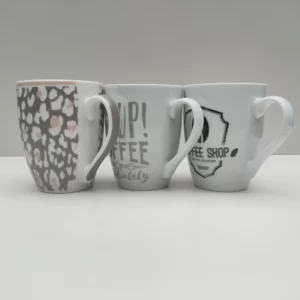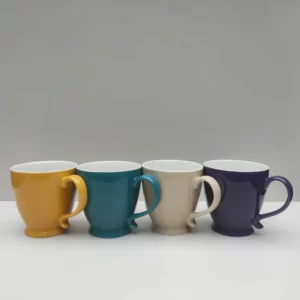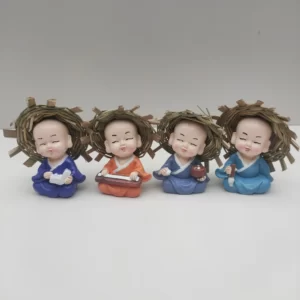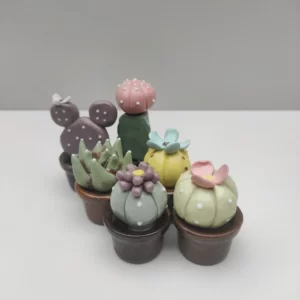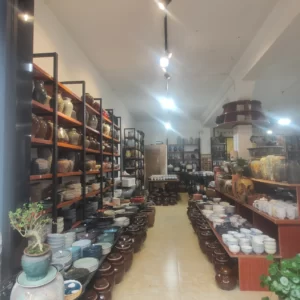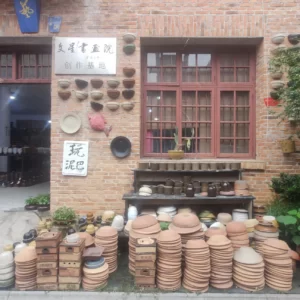Tongguan Ceramic Suppliers
Millennia of Stoneware Craftsmanship and Quality Sourcing
Tongguan is a small town where I was born, a tourist destination with a rich heritage of hands-on ceramics manufacturing since the Shang Dynasty (around 1600 BC to approximately 1046 BC).
In this article, we shine a spotlight on Tongguan ceramic suppliers and the exceptional value they bring to B2B businesses. With a legacy of craftsmanship passed down through generations, Tongguan suppliers seamlessly blend tradition and innovation. They employ both time-honored, handcrafted techniques, such as the art of wooden firing, and cutting-edge 3D technology. This unique combination allows them to cater to a wide spectrum of demands, from customized designs to large-scale production.
The History of Tongguan Ceramics

The earlier kiln production, by Tao Sheng, 2018, Tongguan Ceramics Museum
1. Through the study of artifacts excavated from the Tongguan Kiln site in Changsha and other ancient kilns, as well as the rich accumulation of ceramic fragments, the ceramic craftsmanship of Changsha Kiln’s Tongguan ceramics has creatively manifested itself in various aspects, including shaping, forming, firing, and decoration, forming a comprehensive system of handcrafted ceramics.
2. In the year 2000, the German archaeologist Tilman Walterfang salvaged the shipwreck of the Batu Hitam (“Black Rock”) in the waters of Indonesia, which carried ceramic products from the late 9th century Tang Dynasty, including over 60,000 exquisite porcelain items from Changsha’s Tongguan Kiln. These products vividly showcase the historical origins and immense charm of Tongguan ceramic craftsmanship.
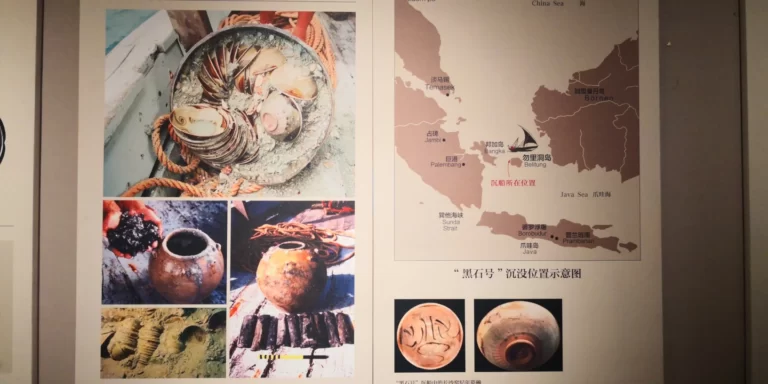
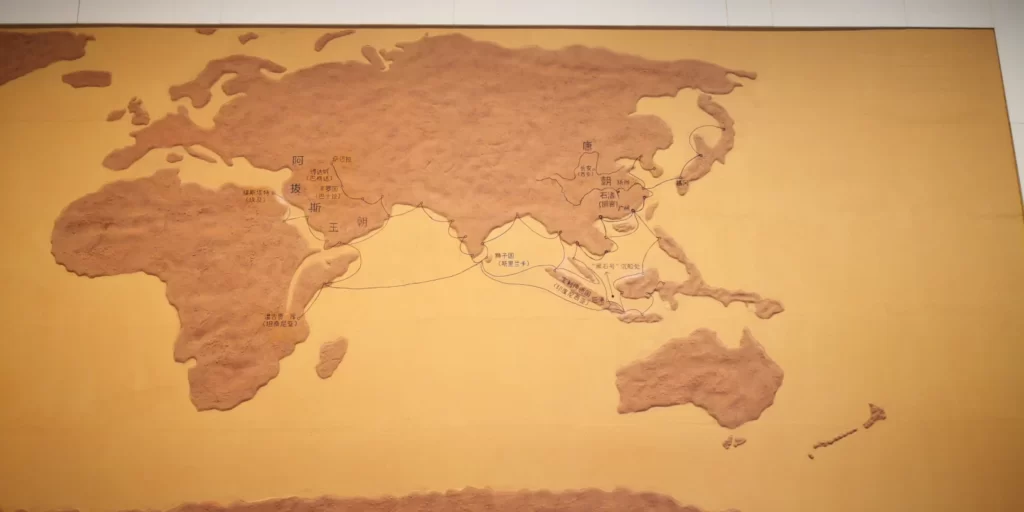
3. Tang Dynasty Changsha Tongguan Kiln ceramic artifacts have been discovered in 17 countries, including Japan, Korea, Malaysia, Indonesia, the Philippines, Sri Lanka, Iraq, Tanzania, Kenya, and Iran. These products, which were exported to distant lands through the “Maritime Silk Road,” have given rise to a “Tang porcelain effect” globally. Experts believe that the “Changsha Kiln’s Tongguan ceramic craftsmanship” is a legacy of the Tang Dynasty.
Main Features of Tongguan Ceramics

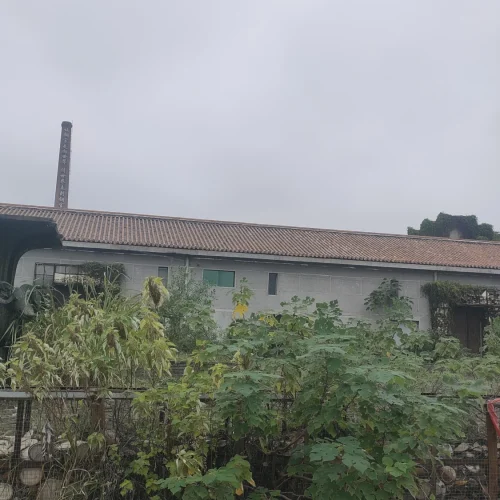
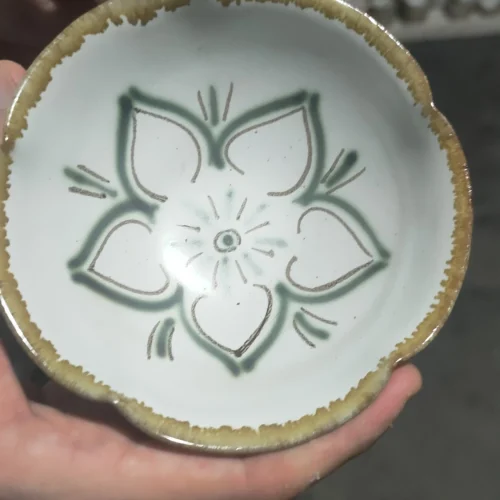
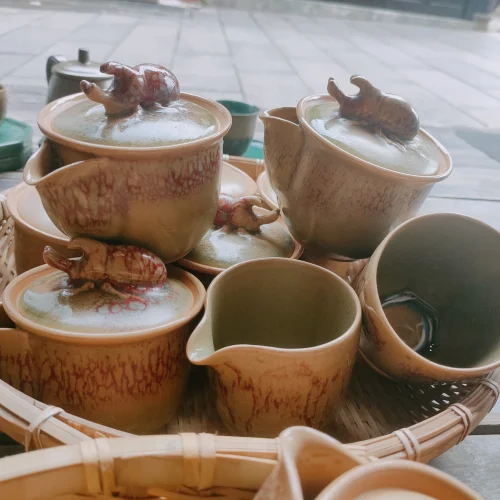
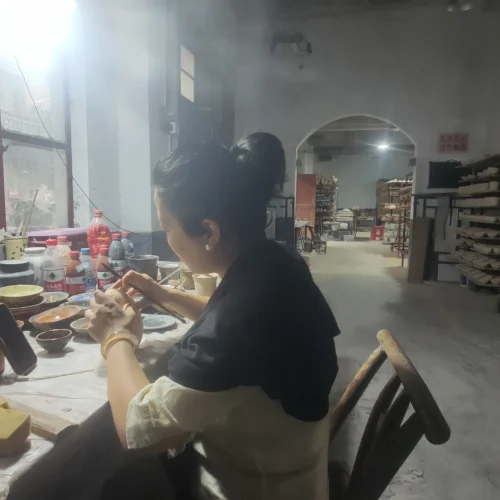
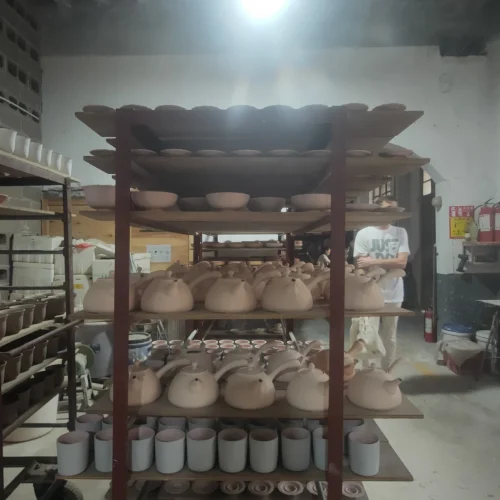
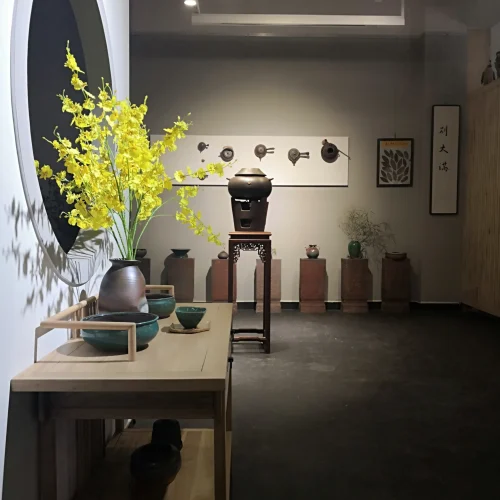
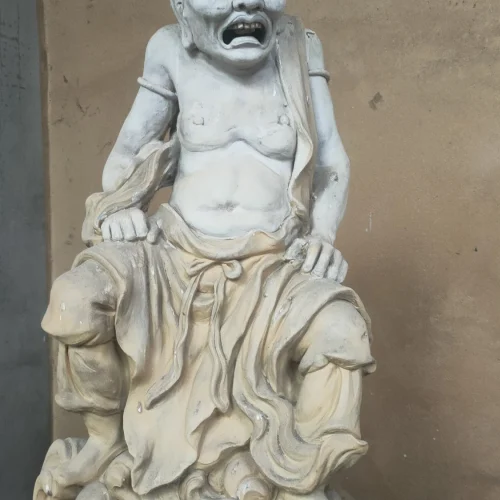
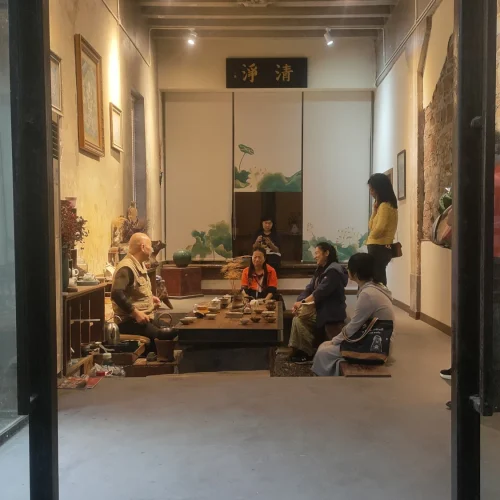
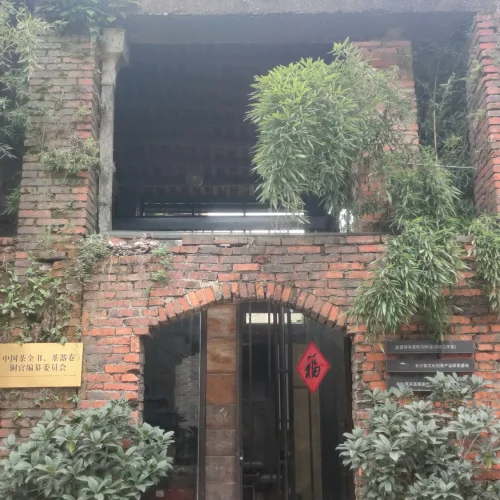
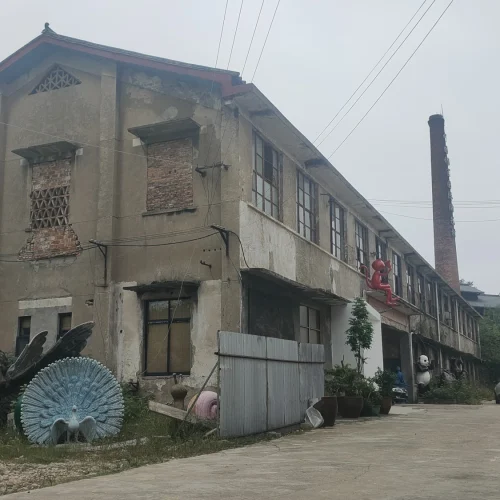
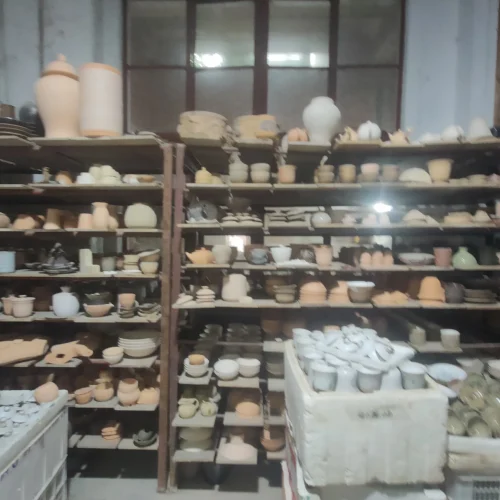
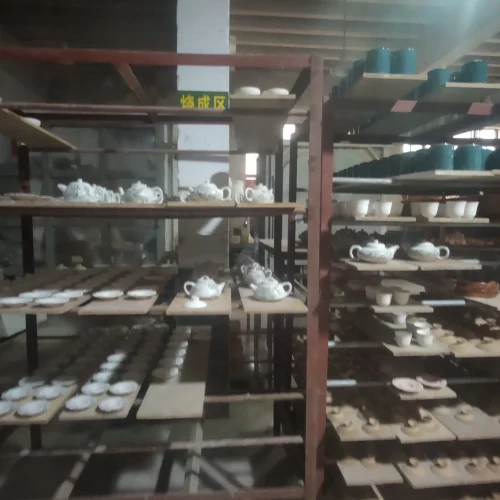

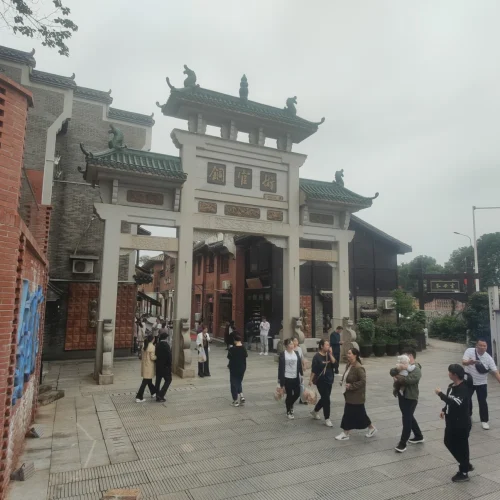

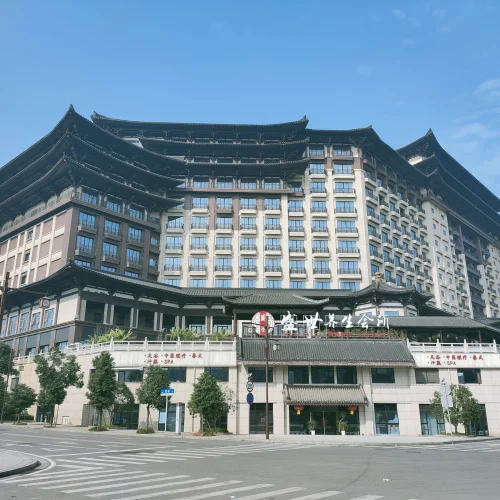
Stoneware by Clay Containing Coarse Soil
The ceramics produced in Tongguan are known as stoneware (Shi Qi in Chinese), which is formed with clay containing coarse soil and is fired at temperatures ranging from 1000 to 1300℃. It is often compared to earthenware and porcelain, with a firing temperature lower than that of earthenware but higher than that of porcelain.
Comparison of Ceramic Materials: Earthenware, Stoneware, and Porcelain
| Material | Temperature | Treatment | Characteristics |
|---|---|---|---|
| Earthenware | 700-1000℃ | Glazing is necessary for waterproofing | Small pores allow the passage of liquids or air |
| Stoneware | 1000-1300℃ | Glazing is optional | Water-resistant |
| Porcelain | Higher than 1300℃ | Glazing is optional | Shiny, often white, and translucent in appearance |
Multiple Firing Technology for Market Demand
The ceramics of Tongguan primarily use electric firing, gas firing, and wood firing as their main techniques, in addition to methods such as salt firing.

| Firing Method | Fuel | Characteristics | Main Applications |
|---|---|---|---|
| Wood Firing | Pine wood | Traditional kiln using the frequency of adding wood and natural chimney draft as techniques for temperature control and atmosphere regulation. | Well-suited for the production of traditional ash-glazed ceramics due to factors such as fuel, kiln structure, and firing temperature profiles. |
| Gas Firing | Liquefied gas | Utilizes pressurized flame nozzles, chimney damper adjustments, and control of air intake. | Occupies a small footprint, relatively low initial and firing costs, fast firing speed, shorter cycles, and relatively reliable and stable kiln equipment (shelves). |
| Electric Firing | Electricity | Consistent heating using electric heating elements within the kiln, maintaining a continuous temperature rise. | Widely adopted in the industry, allowing precise temperature control and stable glaze effects. It offers a higher yield compared to wood firing. Due to stable temperature and atmosphere control, electric firing is known for producing a rich variety of glaze colors, including hare’s fur, oil spots, tea dust, persimmon red, and various colored glazes. |
Multicolored Glaze
Tongguan is the birthplace of multicolored underglaze in the world. The Tongguan Kiln, which originated in the early Tang Dynasty and flourished during the middle and late Tang Dynasty, is renowned as one of the three major export porcelain kilns of the Tang Dynasty in China, alongside Zhejiang’s Yue Kiln and Hebei’s Xing Kiln.
Benefits of Supply Ceramics from Tongguan
Handmade Craftship
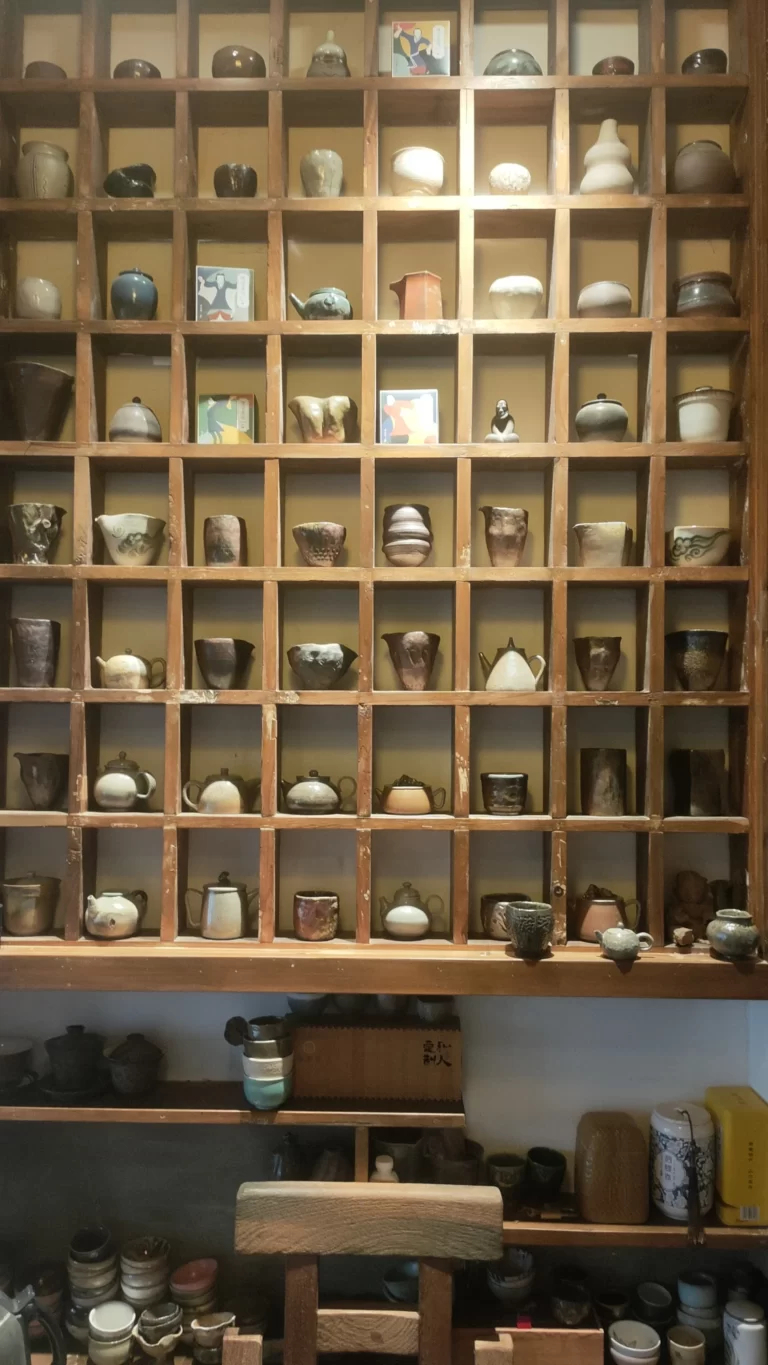
In Tongguan, many artisans, steeped in tradition, have honed their skills through generations. Their expertise in manipulating clay, water, and fire is akin to a programmer’s coding, albeit relying on tactile senses and experience instead of algorithms. While precision in size may not rival that of machines, for batch production, they maintain size deviations within a narrow range, guided by their intuition.
The town boasts renowned artists who can bring a photograph to life through the skilled manipulation of clay, crafting distinctive artworks. Techniques like molding, refining, carving, glazing, and firing represent the culmination of masterful instruction and personal practice.
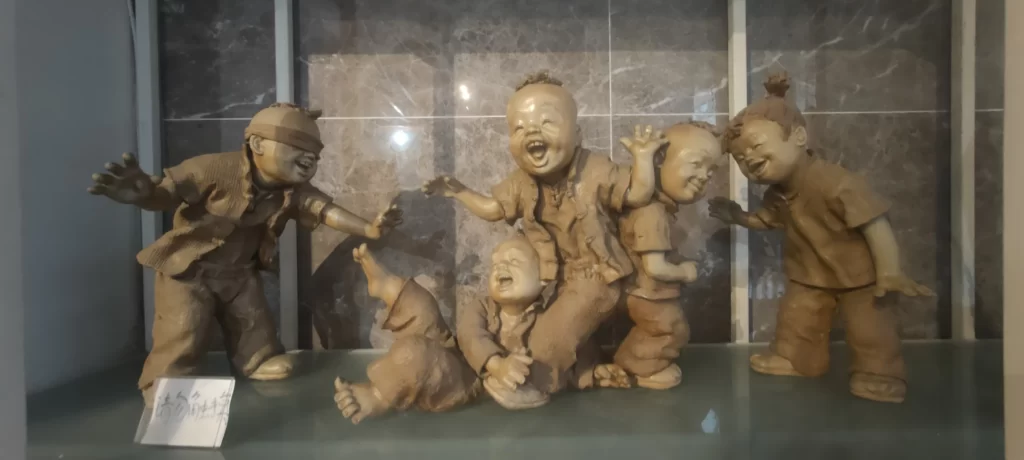
Liu Kunting stands out as one of the few artisans preserving traditional wood-fired pottery, yet he elevates it to new heights. In his studio, he elucidates how years of experimentation led to an innovative, eco-friendly wood-fired kiln. This kiln retains wood-firing’s classic traits – a rustic finish without stickiness – while eliminating issues like dense smoke. It affords precise temperature control and firing, yielding porous, fragrant, and enduring products. Liu Kunting notes that every wood-firing session draws pottery enthusiasts from across the nation, all eager witnesses to the captivating wood-firing process.
Branding ODM Support
China is renowned for its mass production and OEM capabilities, but the craftsmen of Tongguan are truly passionate about design. Achieving recognition in the design industry is a testament to their exceptional talent. They eagerly collaborate with companies to craft unique styles, seamlessly blending the company’s culture with the artistic concepts they wish to express through their designs in stoneware shapes or paintings on the stoneware.
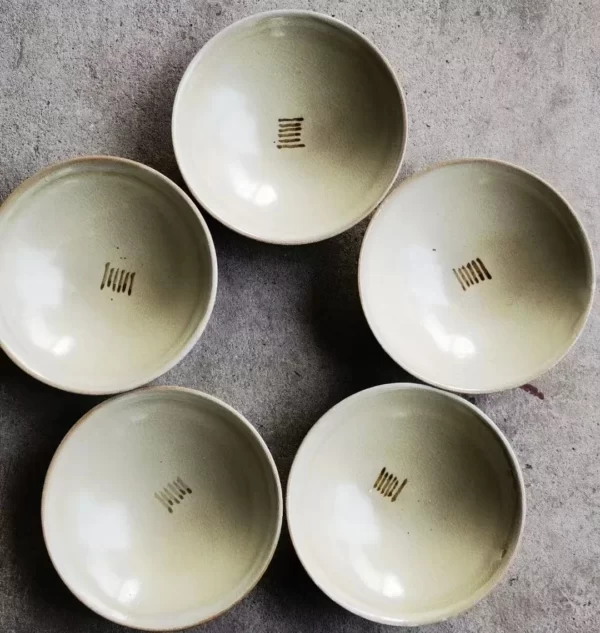
ODM Background: Former classmates from Class 61 gathered for a reunion dinner after many years of separation. Despite now being in their fifties, they cherish the strong friendship they developed in high school and wish to commemorate it with a special keepsake.
OEM Explanation: The design ingeniously combines the numbers “one” (1) and “six” (6) through calligraphy, effectively sidestepping the distinct forms of these two numbers in both Chinese characters and Arabic numerals. Using six horizontal lines, the designer conveys the simplicity of “one” while also capturing the unique shape of “six,” harmoniously melding these two digits within the six lines. This symbolic representation signifies the profound fusion of their friendship.
Wide Range of Shapes and Applications
Tongguan ceramics has a hard texture, strong impact resistance, excellent heat stability, is free from toxic elements like lead and cadmium. It is well-suited for microwave use and easily accommodates mechanical washing. Furthermore, it offers a diverse range of shapes and versatile applications. I took photos from one of the sellers, and stoneware mugs and decor are just one part of her shop collection; customers already have a wide range of choices.
Stoneware Mugs
Tongguan: A Must-Visit Destination for Stoneware Suppliers
Tongguan has evolved into a popular tourist destination, whether you seek to delve into the profound knowledge offered by its museum, interact with local craftsmen, or witness firsthand the intricate process of transforming clay into stoneware through glazing and firing. It is well worth a visit, particularly if you are considering making bulk purchases for your shop.
Supplier Linkup offers comprehensive business tourism services, encompassing visa application assistance and the coordination of B2B visits to studios, factories, shops, museums, and meetings with renowned craftsmen and professors. We are committed to ensuring that your journey is not only productive but also a valuable investment for your business plans.
Available Categories for Business OEM
| Category | Subcategory |
|---|---|
| Tableware | Plates & Bowls |
| Mugs | |
| Drinkware | |
| Serveware | |
| Teapot | |
| Home Decor | Vases |
| Sculptures & Figurines | |
| Decorative | |
| Candlelight | |
| Kitchenware | Dinnerware |
| Plates | |
| Bowls | |
| Salad Plates | |
| Cookware | |
| Ceramic Pots & Pans | |
| Dutch Ovens | |
| Ceramic Skillets | |
| Sauce Pans | |
| Jar & Shakers | |
| Ceramic Salt & Pepper Shaker Sets | |
| Individual Shakers | |
| Outdoor & Pet | Garden & Planters |
| Flower Pots | |
| Garden Decor | |
| Plant Stands | |
| Outdoor Pet Accessories | |
| Bathroom Accessories | Bathroom Decor |
| Soap Dispensers | |
| Toothbrush Holders | |
| Towel Racks | |
| Bathroom Sets | |
| Vanity Accessories | |
| Custom & Personalized | Branding Design and Manufacturing |
| Sculpture Creation with a Photo | |
| Image and Fonts Creation with Artistic Beauty | |
| Seasonal & Holiday |
Our Services to Connect Tongguan Ceramic Suppliers
- Sourcing Procedure:We streamline the process of identifying and connecting you with reputable Tongguan ceramic suppliers, ensuring efficient and reliable sourcing.
- Business Trips: Our comprehensive business trip services encompass visa application, domestic transportation within China, accommodations, and more, making your visit to Tongguan hassle-free.
- Visits to Local Attractions: Explore the rich cultural heritage of Tongguan by visiting local attractions, historical sites, and scenic spots.
- Celebrity Industry Visits: Gain insights from industry experts and renowned figures in the ceramics field through our curated visits and interactions.
- B2B Business Consultancy: Our consultancy services offer valuable guidance and insights for your business operations, strategy, and partnerships.
- Pottery Business Exportation: Explore the option to trade pottery to your country through our trading company, expanding your product offerings.
Feel free to explore the sourcing page on our website for more details.
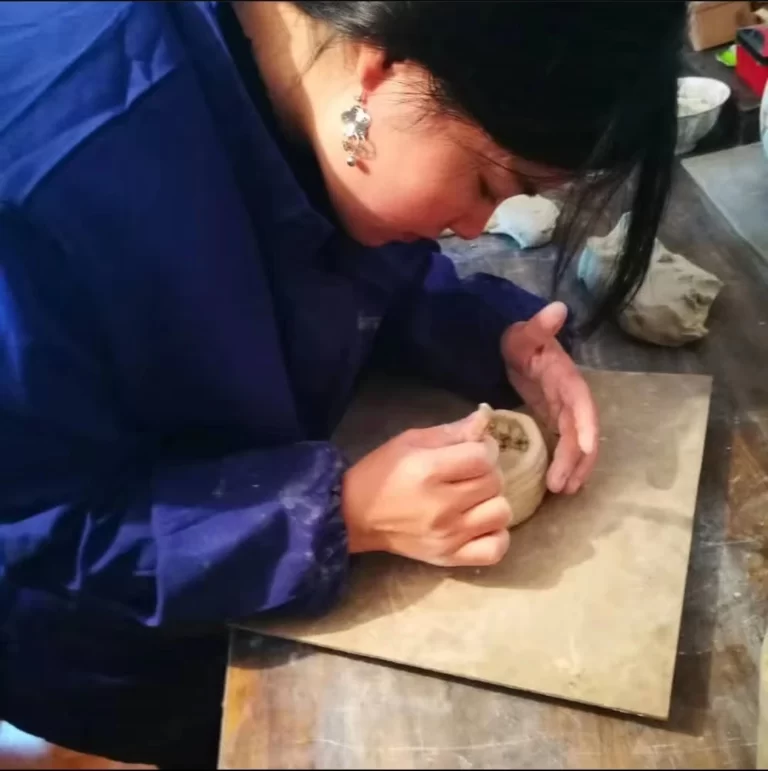
Grew up in Tongguan, Background in International Business, and Commitment to Eco-Friendly Business
I grew up in Tongguan, a place deeply rooted in the traditions of ceramics. My childhood memories are filled with images of my grandpa, who run a business renting ceramics for various occasions, from joyous marriage ceremonies to solemn funeral rituals. As a child, I found joy in playing with mud, endlessly fascinated by the creative possibilities that arose from mixing water and mud to shape a multitude of objects.
After accumulating valuable experience through roles in education, government, and a Fortune 500 company in China spanning 14 years, I made a life-changing decision to explore new horizons in the UK. There, I founded Easy Marketing Ltd., a company dedicated to assisting businesses in the UK, China, and Austria in building websites and expanding their online presence.
In June 2023, I embarked on a journey back to my hometown, accompanied by Sebas, with the aim of exploring promising business opportunities. It was during this time that we made the decision to delve into the world of supplier linkup.
Eco-Friendly Aspects of Pottery Production
Use of Natural Resources, Fuel Consumption, Glaze Chemicals, Reducing Plastic Use, Energy Efficiency, and Heat Recovery.
Our commitment to eco-friendly business practices is at the core of Supplier Linkup’s mission. Ceramics, as a versatile and environmentally responsible material, aligns perfectly with this objective. Here’s how ceramics contribute to our eco-friendly mission:
- Use of Natural Resources: Pottery production relies on readily available natural resources, minimizing the impact on the environment.
- Fuel Consumption: While pottery firing does consume fuel, modern ceramic industries are increasingly adopting energy-efficient kilns and sustainable fuel sources to reduce fuel consumption.
- Glaze Chemicals: The use of harmful chemicals in glazes is a concern, but conscious efforts are made to explore eco-friendly alternatives and safer application methods.
- Reducing Plastic Use: Pottery reduces the need for disposable plastic products, promoting sustainability and reducing plastic waste.
- Energy Efficiency and Heat Recovery: Many modern ceramics facilities employ energy-efficient practices, such as heat recovery systems that recycle kiln-generated heat, lowering energy consumption and reducing the carbon footprint.
- Community Heat Export: Factories often export excess heat to the surrounding community, further contributing to reducing the carbon footprint of the area.
By choosing ceramics as a focal point of our business, we actively support and promote eco-friendly practices in the ceramics industry while providing our clients with access to sustainable, high-quality products. We invite you to explore our website’s sourcing page for more details on our commitment to eco-conscious business and the wide range of services we offer.
